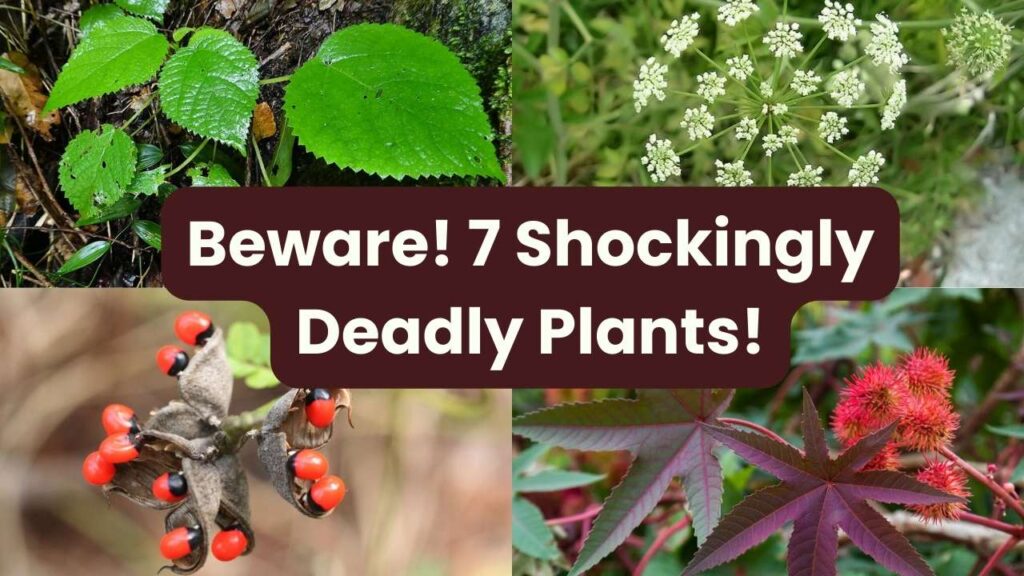
Plants are often considered harmless and beautiful elements of nature. However, some can pose serious risks to our health and even cause death if not handled properly. In this article, we will explore the seven deadliest plants in the world and provide you with essential information on how to identify, avoid, and stay safe from them. Whether you are a nature lover, a gardener, or simply curious about the world around you, it is crucial to understand the potential dangers that some plants bring.
These 7 Deadly Plants Can Be More Dangerous Than You Think
| Plant Name | Key Dangers | Region Found | Toxin | Fatal Effects |
|---|---|---|---|---|
| Water Hemlock | Contains cicutoxin that causes seizures and death | North America | Cicutoxin | Death from seizures within hours |
| Deadly Nightshade | Contains tropane alkaloids causing hallucinations, convulsions | Europe, North Africa, Western Asia | Atropine, Scopolamine | Death from poisoning (just a few berries) |
| Castor Oil Plant | Contains ricin, a potent toxin | India, Eastern Africa, Mediterranean | Ricin | Organ failure leading to death within 36 to 72 hours |
| Rosary Pea | Contains abrin, 75 times more potent than ricin | Tropical and subtropical regions | Abrin | Death from organ failure (through chewing or scratching seed) |
| Oleander | Contains cardiac glycosides that can cause heart problems | Mediterranean regions | Cardiac Glycosides | Death from cardiac arrest |
| Giant Hogweed | Causes severe skin burns when exposed to sunlight | Caucasus region, Europe, North America | Furanocoumarins | Permanent scarring, severe burns |
| Gympie-Gympie | Causes extreme pain and irritation | Australia | Toxins in fine needle-like hairs | Pain that lasts for weeks or even months, extreme discomfort |
Being aware of the world’s deadliest plants is crucial for your safety, especially if you spend time outdoors. Whether you’re hiking, gardening, or simply enjoying nature, remember to always exercise caution around unfamiliar plants. Identifying and understanding the dangers these plants pose can help you avoid accidents and keep your loved ones safe.
Key takeaway: Educate yourself and others about the toxic plants in your area, and never underestimate the potential dangers of seemingly harmless flora. By doing so, you can safely enjoy the beauty of nature without the risk of harm.
Understanding the Dangers of Deadly Plants
While it’s easy to admire the beauty of various plants in the wild, it’s important to be aware that certain species are highly toxic. The seven plants mentioned here are known for their deadly properties, each capable of causing serious harm to humans and animals. Whether you’re an outdoor enthusiast or just curious about the flora around you, knowing how to recognize and avoid these hazardous plants can save lives.
Let’s dive deeper into each plant, discussing their characteristics, the toxins they produce, and the life-threatening effects they can have on those who encounter them.
1. Water Hemlock: One of North America’s Deadliest Plants
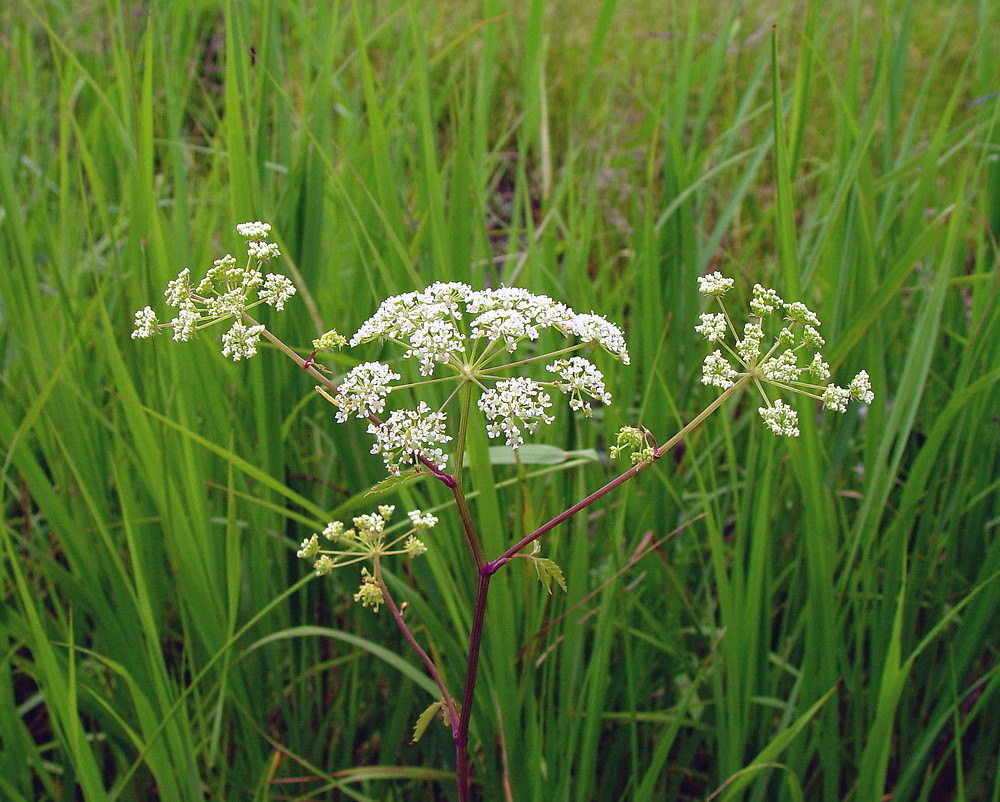
Water Hemlock (Cicuta maculata) is widely regarded as one of the most toxic plants in North America. Its tall, flowering stems and umbrella-shaped clusters of small white flowers may appear innocent enough, but it harbors a deadly toxin called cicutoxin, particularly concentrated in the roots.
Key dangers:
- Toxin: Cicutoxin causes violent seizures and can lead to death in as little as 2-3 hours after ingestion.
- Fatal Effects: Even small amounts of the plant can cause nausea, abdominal pain, and seizures, with death resulting from respiratory failure.
Practical Advice: Avoid consuming wild plants unless you are certain of their identity. When hiking near water, always teach children about the dangers of plants like water hemlock, and make sure to stay clear of any plant that resembles this deadly species.
2. Deadly Nightshade: The Poisonous Beauty of Europe

Deadly Nightshade (Atropa belladonna) is a well-known plant with a sinister reputation. Its dark purple berries may appear tempting, but they contain atropine and scopolamine, powerful toxins that can cause serious harm. This plant has a long history of use in medicinal and toxic applications, even being used as a poison in ancient times.
Key dangers:
- Toxin: Atropine and scopolamine affect the nervous system, leading to symptoms like blurred vision, confusion, and delirium.
- Fatal Effects: Ingesting even a few berries can be fatal, especially for children. Symptoms include difficulty breathing, hallucinations, and death.
Practical Advice: If you encounter nightshade, avoid contact with the berries or any part of the plant. Educate children about the dangers of touching or eating wild plants.
3. Castor Oil Plant: The Deadly Beauty of the Tropics
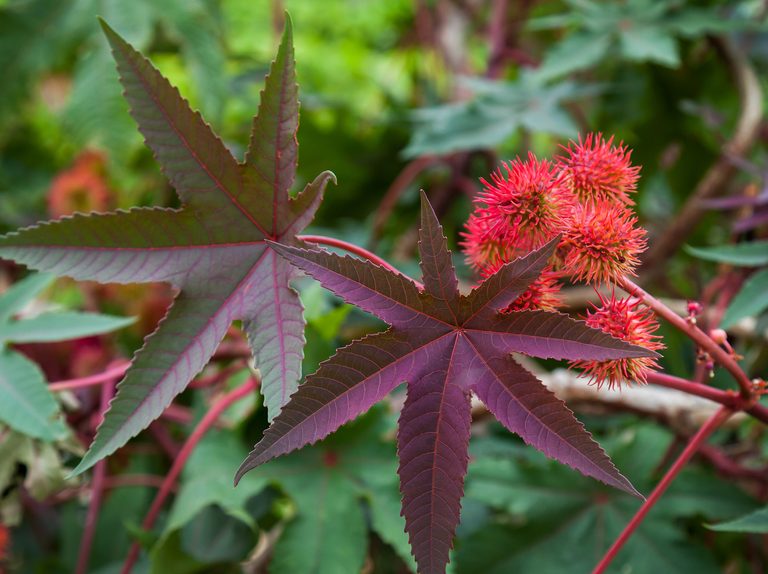
The Castor Oil Plant (Ricinus communis) is grown around the world for its seeds, which are used to produce castor oil. However, these seeds also contain ricin, one of the most potent toxins known to science.
Key dangers:
- Toxin: Ricin causes severe vomiting, diarrhea, and abdominal pain. It leads to organ failure and death within 36 to 72 hours after ingestion.
- Fatal Effects: Just one seed can be deadly if swallowed, causing hemorrhaging and organ damage.
Practical Advice: Avoid handling or ingesting the seeds. If you have small children or pets, keep them away from the plant. Never attempt to consume any part of the plant.
4. Rosary Pea: A Beautiful Yet Deadly Seed
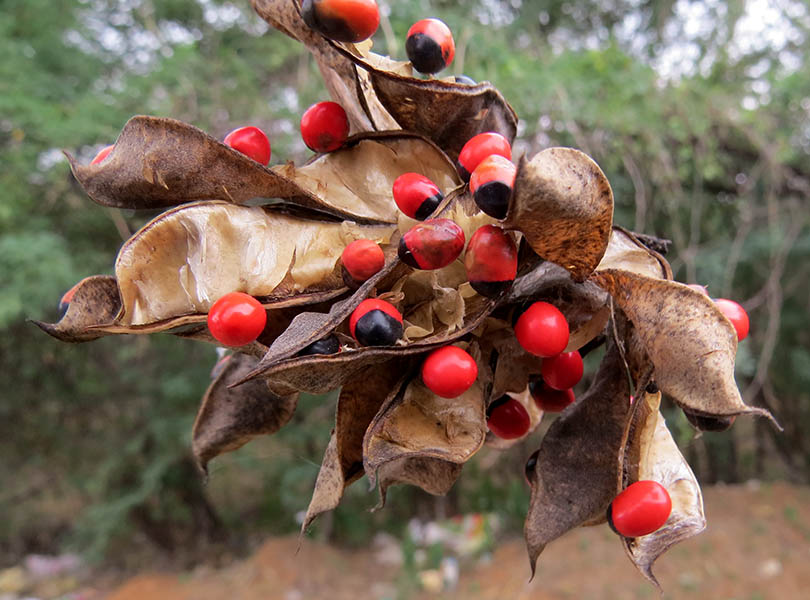
The Rosary Pea (Abrus precatorius) is known for its bright red seeds that are often used in jewelry. While they may seem harmless, these seeds contain abrin, a toxin that is 75 times more potent than ricin.
Key dangers:
- Toxin: Abrin affects the body’s immune system and causes organ failure. It can be deadly if the seeds are chewed or crushed, releasing the toxin.
- Fatal Effects: Death can occur within hours of ingestion, with symptoms including vomiting, fever, and shock.
Practical Advice: Never chew or break open the seeds. Although their bright colors make them appealing, these seeds should be treated with extreme caution.
5. Oleander: The Poisonous Landscape Beauty
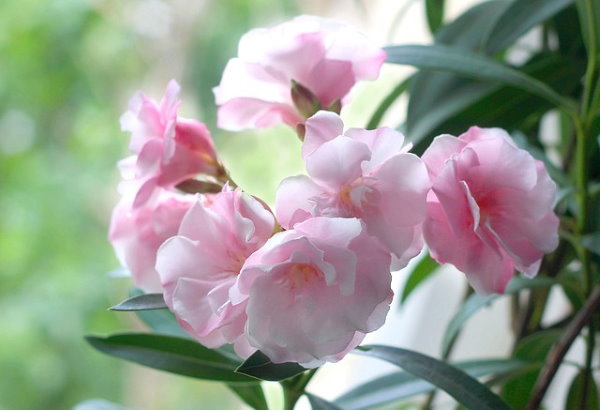
Oleander (Nerium oleander) is a common ornamental plant found in Mediterranean climates. While its flowers are beautiful, all parts of the plant, including the leaves, stems, and flowers, contain cardiac glycosides, which are toxic compounds that affect the heart.
Key dangers:
- Toxin: Cardiac glycosides disrupt the heart’s rhythm, causing heart failure or cardiac arrest.
- Fatal Effects: Ingesting even a small amount of this plant can lead to nausea, vomiting, irregular heartbeat, and death.
Practical Advice: Oleander is highly toxic, so avoid consuming any part of the plant. If you suspect someone has ingested it, seek medical help immediately.
6. Giant Hogweed: A Plant That Burns
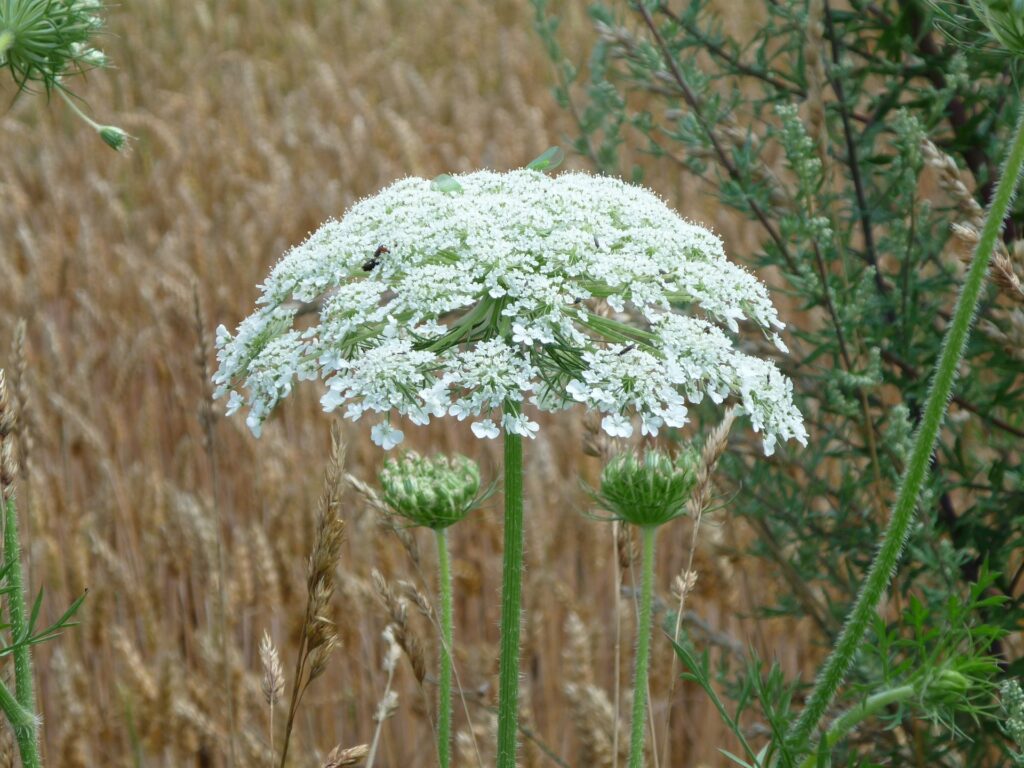
Giant Hogweed (Heracleum mantegazzianum) is native to the Caucasus region but has spread to North America and Europe. Its large, umbellate flowers are visually striking, but the plant’s sap contains furanocoumarins, which react with sunlight and cause severe burns.
Key dangers:
- Toxin: The sap causes photosensitivity, leading to intense blistering and skin burns when exposed to sunlight.
- Fatal Effects: While not directly life-threatening, the burns can cause permanent scarring and significant damage to the skin.
Practical Advice: If you encounter Giant Hogweed, wear protective clothing and avoid touching the plant. Always wash your skin thoroughly if you come into contact with it.
7. Gympie-Gympie: The Excruciating Australian Stinger
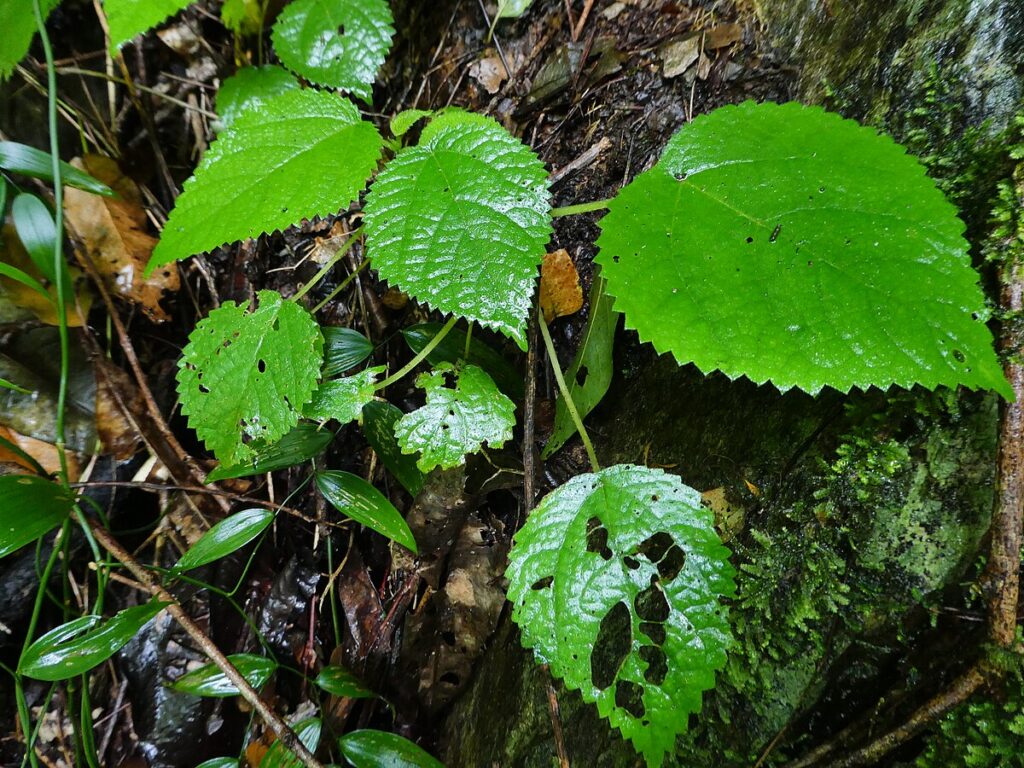
Gympie-Gympie (Dendrocnide moroides) is a plant native to Australia. It’s infamous for the painful sting it delivers through its fine, needle-like hairs, which contain potent toxins.
Key dangers:
- Toxin: The fine hairs release a venom that causes intense, excruciating pain, often compared to being burned and electrocuted simultaneously.
- Fatal Effects: While the pain itself is not fatal, it can lead to nausea, sweating, and in some extreme cases, suicidal thoughts due to the severity of the pain.
Practical Advice: If you’re in Australia or a region with Gympie-Gympie, avoid walking through areas with dense vegetation. If stung, seek medical attention immediately.
Understanding Poisonous Plants: How to Stay Safe
It’s important to know that not all plants are harmful. Many offer great benefits, whether as food, medicine, or ornamental beauty. However, the plants listed above are among the most toxic in the world, and their potential dangers cannot be overstated.
Practical Advice:
- Educate Yourself: Familiarize yourself with common poisonous plants in your area.
- Keep Children and Pets Safe: Many poisonous plants are attractive to curious children or animals, so it’s essential to keep them away from these dangers.
- First Aid and Emergency Contacts: Always know the local poison control number and be prepared to seek immediate help if someone ingests or comes into contact with a toxic plant.
Frequently Asked Questions (FAQs)
1. How can I tell if a plant is poisonous?
Many poisonous plants have distinctive features, such as bright colors, unusual flowers, or oddly-shaped leaves. It’s essential to educate yourself about the plants in your region and avoid consuming any wild plants unless you’re 100% sure they are safe. Always consult a guide or expert before foraging.
2. What should I do if I touch a poisonous plant?
If you come into contact with a poisonous plant, wash the area with soap and water immediately. If you’ve ingested part of the plant, contact a healthcare professional or poison control center as quickly as possible.
3. Are pets affected by these plants?
Yes, many of these plants can be just as harmful to pets as they are to humans. Keep pets away from potentially dangerous plants and contact your vet if you suspect they’ve ingested something toxic.










